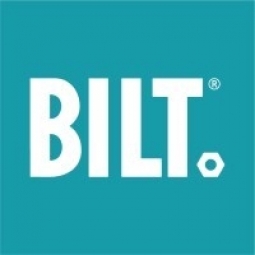Technology Category
- Sensors - GPS
Applicable Industries
- Education
- Packaging
Applicable Functions
- Logistics & Transportation
- Product Research & Development
Use Cases
- Indoor Positioning Systems
- Virtual Prototyping & Product Testing
Services
- System Integration
- Training
About The Customer
Springfree Trampoline is a premium brand that has been in the industry for over 15 years. They are known for their patented design that eliminates 90% of trampoline product-related injuries by removing the springs and the steel frame at the jumping level. The company is committed to delivering the best possible customer experience and empowering families to get outside, be active, stay safe, and create memories. Their trampolines are often purchased for special occasions, making it important for customers to minimize the time spent on assembly and installation. The company also provides a white glove installation service, but many customers prefer to assemble the trampolines themselves.
The Challenge
Springfree Trampoline, a premium brand known for manufacturing the world’s safest trampolines, identified an opportunity to improve the set-up experience for their customers. Despite having a white glove installation service, many customers preferred to assemble the trampolines themselves, a trend that increased during the pandemic. The assembly process was generally straightforward, but the steps involving the connection of the mat rods to the frame and jumping mat proved challenging. Proper body positioning and weight distribution were crucial for correct assembly, and two people were required to work in tandem. The company wanted to communicate these steps in a way that was easy to understand. Additionally, Springfree needed to provide clear and detailed instructions to their professional installation crews. The challenge was to bring the assembly experience into harmony with their premium product.
The Solution
To address the assembly challenges, Springfree partnered with BILT to enhance the assembly experience. BILT instruction designers worked with Springfree engineers to develop humanoids that demonstrated the correct physical positioning and weight distribution for both installers during the mat rod steps. The BILT app provided 3D animated instructions, voice and text-guided explanations, image rotation and zoom capabilities, and easy instant replay. It also provided additional information such as warnings, cautions, tools required, parts included, and warranty information. The app enabled customers to complete assembly tasks more quickly than with paper manuals or instructional videos. To maximize the benefits of using the BILT app, Springfree communicated its advantages through digital assets, packaging, post-purchase emails, and call outs on paper instructions.
Operational Impact
Quantitative Benefit

Case Study missing?
Start adding your own!
Register with your work email and create a new case study profile for your business.
Related Case Studies.
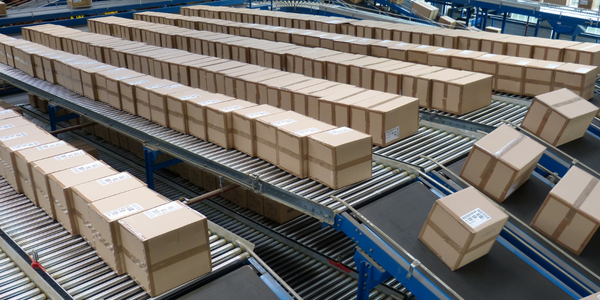
Case Study
IoT Data Analytics Case Study - Packaging Films Manufacturer
The company manufactures packaging films on made to order or configure to order basis. Every order has a different set of requirements from the product characteristics perspective and hence requires machine’s settings to be adjusted accordingly. If the film quality does not meet the required standards, the degraded quality impacts customer delivery causes customer dissatisfaction and results in lower margins. The biggest challenge was to identify the real root cause and devise a remedy for that.
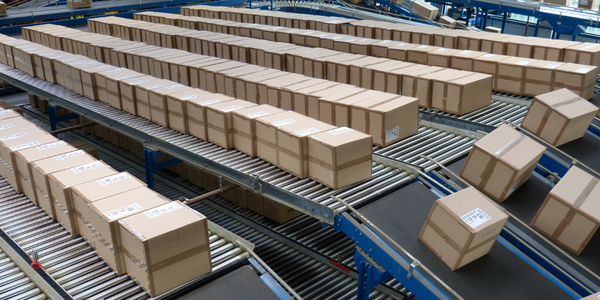
Case Study
Zenon the Ideal Basis for An Ergonomic HMI
KHS develops and produces machines and equipment for filling and packaging in the drinks industry. Because drinks manufacturing, filling and packaging consist of a number of highly complex processes, the user-friendly and intuitive operation of equipment is increasingly gaining in significance. In order to design these processes as simple as possible for the user, KHS decided to introduce a uniform, transparent and standardized solution to the company. The HMI interface should meet the requirement for people with different qualifications and enable them to work on a standard platform.
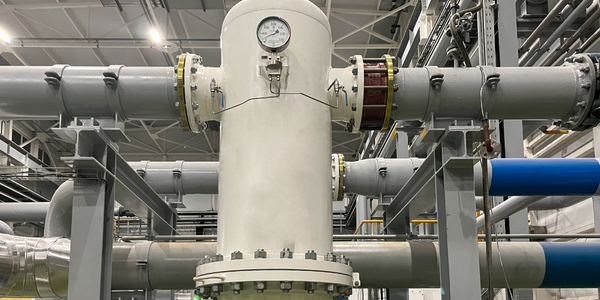
Case Study
Sparks Dynamics Assists Atlas Container Secure a $15,000 BGE Energy Rebate
The ReMASTER Compressed Air Monitoring system was installed in 2015. This system is capable of monitoring compressed air system parameters on a continuous basis and transferring that information to a cloud server which can be accessed by Atlas Container personnel, Industrial Diagnostics and Sparks Dynamics. This information was collected into a database which can be exported to an Excel spreadsheet or displayed graphically using Sparks Dynamics ViewMaster Software. The average annual compressed air electricity expense was estimated to be approximately $116,000. This is based on an incremental $/KWh electric rate of $.091 per KWh and an estimated compressed air energy consumption of 1,279,200 KWH. The implementation phase of Energy Conservation Measures (ECMs) for the Compressed Air System included: • Identification and repair of compressed air leaks • Understanding of compressed air usage per manufacturing machine and installation of shut off valves when the machines are no longer in production mode • Identification of misapplications of compressed air to include blow offs, venturis, and cooling scenarios • Understand system pressure requirements and potential installation of point of use pressure regulation.
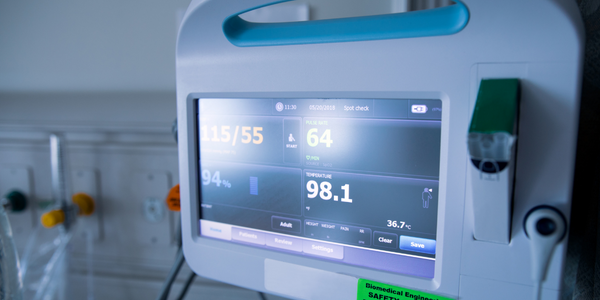
Case Study
Mondi Implements Statistics-Based Health Monitoring and Predictive Maintenance
The extrusion and other machines at Mondi’s plant are large and complex, measuring up to 50 meters long and 15 meters high. Each machine is controlled by up to five programmable logic controllers (PLCs), which log temperature, pressure, velocity, and other performance parameters from the machine’s sensors. Each machine records 300–400 parameter values every minute, generating 7 gigabytes of data daily.Mondi faced several challenges in using this data for predictive maintenance. First, the plant personnel had limited experience with statistical analysis and machine learning. They needed to evaluate a variety of machine learning approaches to identify which produced the most accurate results for their data. They also needed to develop an application that presented the results clearly and immediately to machine operators. Lastly, they needed to package this application for continuous use in a production environment.

Case Study
Automated Pallet Labeling Solution for SPR Packaging
SPR Packaging, an American supplier of packaging solutions, was in search of an automated pallet labeling solution that could meet their immediate and future needs. They aimed to equip their lines with automatic printer applicators, but also required a solution that could interface with their accounting software. The challenge was to find a system that could read a 2D code on pallets at the stretch wrapper, track the pallet, and flag any pallets with unread barcodes for inspection. The pallets could be single or double stacked, and the system needed to be able to differentiate between the two. SPR Packaging sought a system integrator with extensive experience in advanced printing and tracking solutions to provide a complete traceability system.
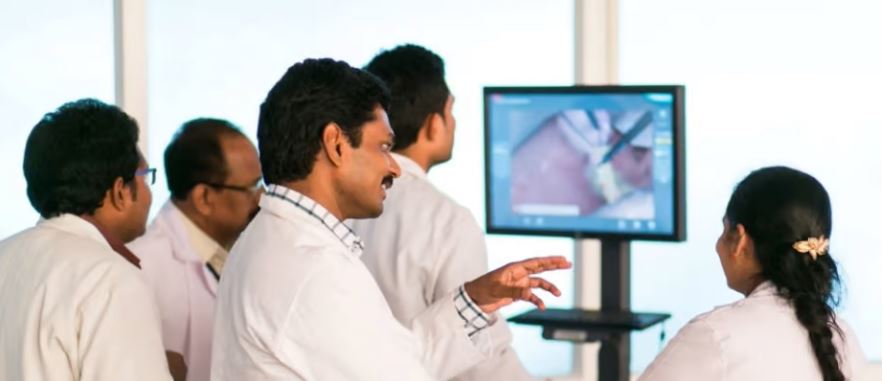
Case Study
Revolutionizing Medical Training in India: GSL Smart Lab and the LAP Mentor
The GSL SMART Lab, a collective effort of the GSL College of Medicine and the GSL College of Nursing and Health Science, was facing a challenge in providing superior training to healthcare professionals. As clinical medicine was becoming more focused on patient safety and quality of care, the need for medical simulation to bridge the educational gap between the classroom and the clinical environment was becoming increasingly apparent. Dr. Sandeep Ganni, the director of the GSL SMART Lab, envisioned a world-class surgical and medical training center where physicians and healthcare professionals could learn skills through simulation training. He was looking for different simulators for different specialties to provide both basic and advanced simulation training. For laparoscopic surgery, he was interested in a high fidelity simulator that could provide basic surgical and suturing skills training for international accreditation as well as specific hands-on training in complex laparoscopic procedures for practicing physicians in India.




